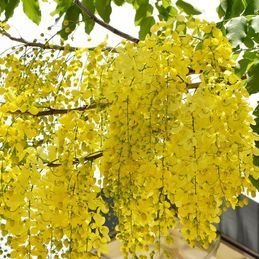
To keep my plants healthy and get them growing big and strong, I like to make my own fertiliser mix. Please see the following and remember to add Perlite to all these soil mixes:
Perlite
I like to use Neutrog’s Bush Tucker fertiliser for native plants and Osmocote’s native potting mix:
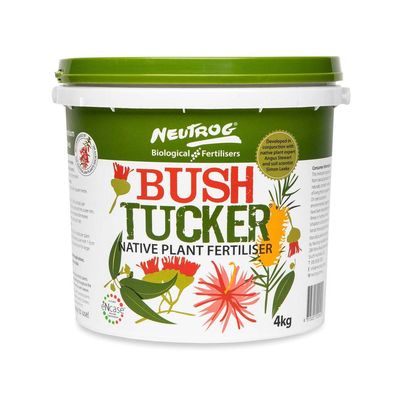
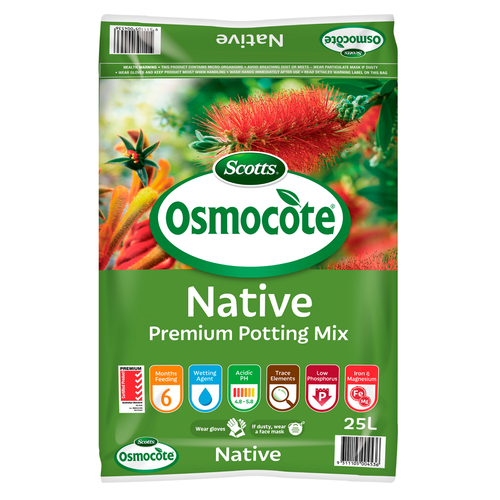
For Non-Natives, I like to use Osmocote’s controlled release and premium potting mix:
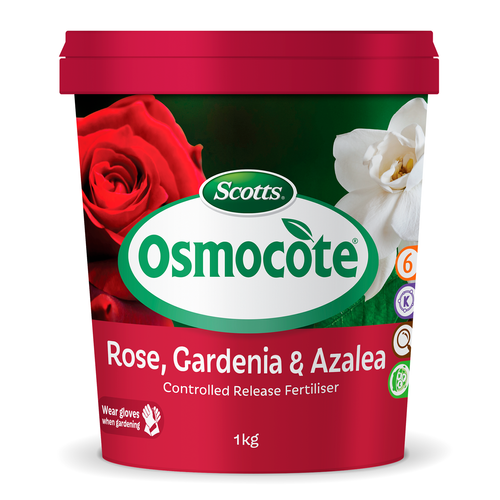
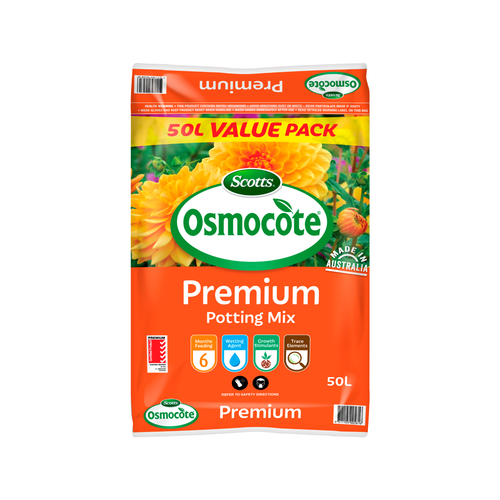
For Fruit & Citrus Trees, I like to use Osmocote’s Citrus & Fruit mix:
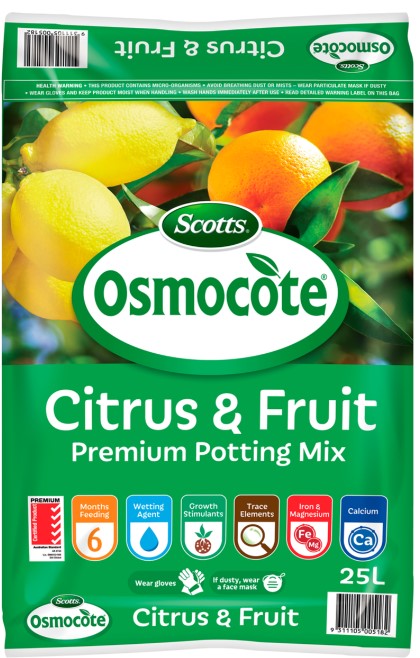
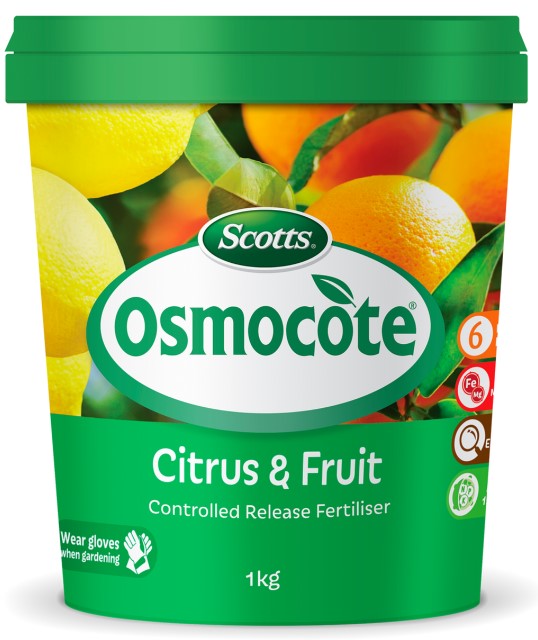
How to grow tree ferns (Cyathea cooperi).
Step 1
Choose a place in the garden that gets half shade or filtered sun with protection from strong winds. Prepare the planting area well by digging in Scotts Osmocote 50L Premium Plus Superior Potting Mix
Step 2
Dig the planting hole twice as wide and to the same depth as the root-ball.
Step 3
After removing the tree from its pot, place it into the prepared hole and carefully backfill with the soil. Mulch with organic mulch and water in well, including the trunk.
Step 4
Feed lightly in Autumn and Spring with Scotts Osmocote Plus Organics 1.5kg All Purpose Plant Food & Soil Improver
Tree Fern Growing Tips
- Avoid planting the ferns in direct sun and in strong winds as the fronds can easily burn in these conditions.
- Any dead or damaged fronds can be pruned off as necessary.
- The stem or trunk of the tree fern is a vertical rhizome. After transplanting ensure that you also water the trunk to reduce stress.
Acacia cognata Limelight, prominent grafted standard
Some cultivation notes… they can be tricky, so prudent to be aware of needs.
- Aspect is critical – sunny but sheltered from winds both prevailing and persistent.
- Plenty of air circulation – space specimens so that foliage is not touching other.
- Secure plants to avoid fall-over, easily damaged as branch infrastructure is fragile.
- Watering – not too wet, never too dry – needs to be consistent.
- Fertiliser – ensure application of slow-release fertiliser – best to use either Troforte (recommended) or Osmocote – apply as per direction. I recommend quarterly applications.
- Scale insects frequent the habitat of the dense dry foliage and are not easily discovered until established.
- I recommend application of Richgro’s Bug Killa Granules as a control measure – easily applied and works systemically.
- I suggest to always apply regardless of known presence of scale.
- These plants are generally adversely affected with foliar application of insecticides – I recommend not to use.

